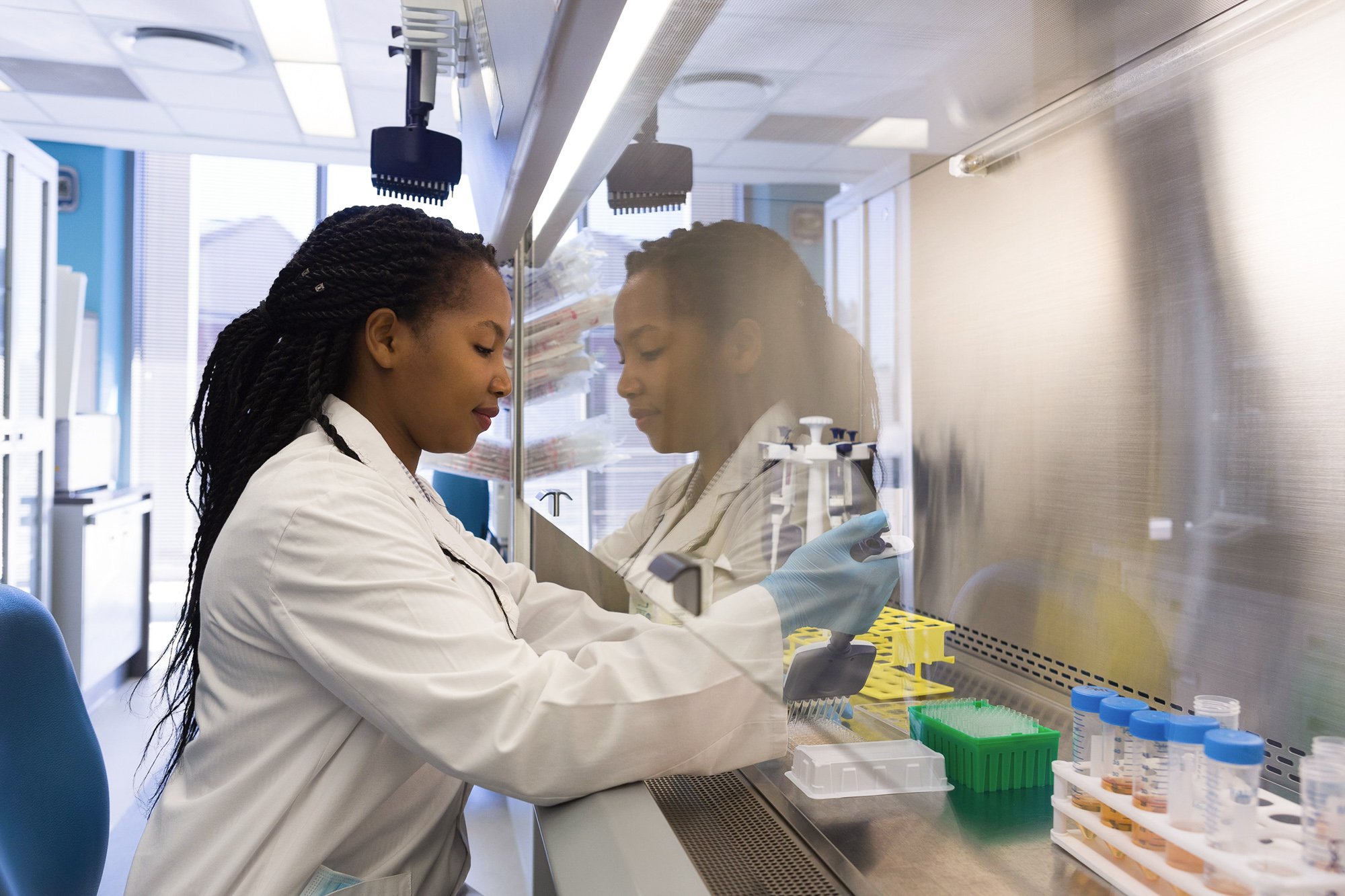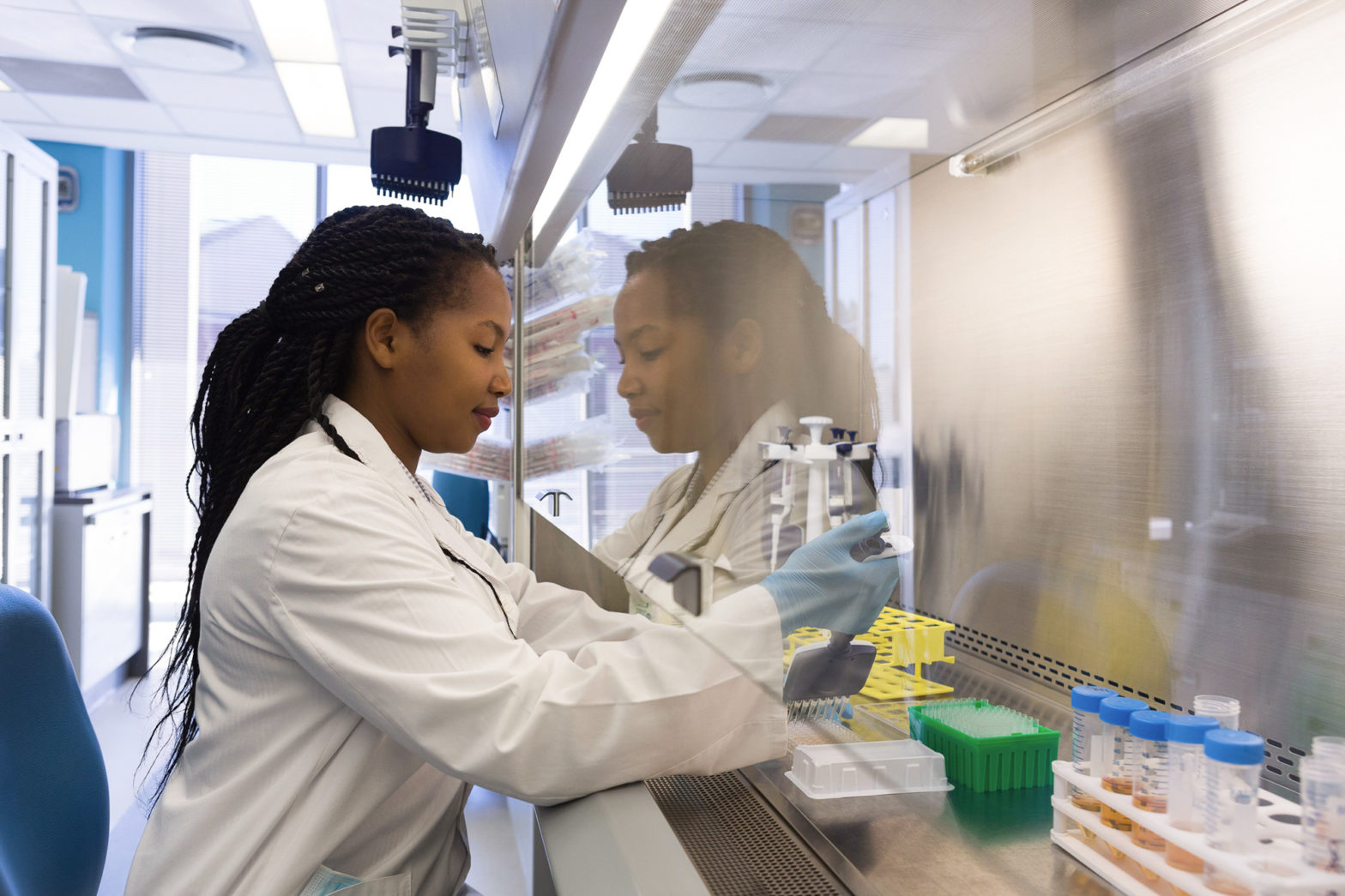
Current challenge
Growing skeletal muscle and fat tissue in isolation may be an inappropriate oversimplification of the process of muscle tissue growth in vitro. Therefore, some of the challenges associated with cultivated meat production may arise from the lack of support cells from the growth environment. For example, as cells consume nutrients, lactic acid accumulates until the media becomes too acidic for efficient nutrient uptake. The current solution is to periodically replace the media, which adds considerable cost because this discarded media may still contain nutrients that could be used by the cells. In the context of a whole organism, by contrast, these toxic metabolites would be filtered out by specialized support cells in the liver or kidney. These specialized tissue types are also responsible for unique metabolic synthesis activities, such as the role of the liver in certain steps of fatty acid synthesis to produce the appropriate biomolecules for uptake into muscle and fat cells. Another example is the creation of a realistic tissue matrix, much of which is constructed by cells like fibroblasts rather than muscle or fat cells in vivo. Achieving optimal texture in structured products will also require further innovation in both methods for myogenic differentiation and maturation as well as replication of the extracellular matrix (ECM). Additionally, scaling cultivated meat will require reliable and cost-effective methods for preventing contamination. This is currently achieved using expensive closed-containment bioprocess design, whereas in vivo contamination control is achieved through both physical barriers and support cells comprising the immune system.
Proposed solution
Each of the roles that support cells play in growing and maintaining muscle tissue in vivo may lend itself to replication in vivo via co-culturing with the necessary support cells. For example, with respect to waste metabolite breakdown, the Cori cycle is the body’s way of regulating the production of lactate from glucose and vice-versa. Co-culturing hepatocytes and muscle tissue could induce the Cori cycle to remove lactic acid and maintain an optimal pH at a reduced cost. Hepatocytes have also been known to play a role in fatty acid synthesis and to secrete beneficial growth factors, which could have implications for enabling serum-free culture media. Co-culturing bovine satellite cells together with smooth muscle cells improved their differentiation and increased the extent of ECM deposition, with or without the addition of endothelial cells. Similar results were seen regarding the ability of fibroblasts and myofibroblasts to promote differentiation of myoblasts. Co-culture with immune cells could ease some of the burden associated with potential contamination during the cultivation process. Because such cell types are found at low levels in muscle tissue, they could remain in the final product without posing safety or regulatory challenges.
Anticipated impact
Co-culture strategies have the potential to improve the cost, nutrition, and organoleptic properties of cultivated meat. Cost and scale are massive challenges that could be addressed by the use of hepatocytes or immune cells. Fibroblasts, myofibroblasts, or smooth muscle cells could decrease costs in the differentiation phase and improve texture. Startups may find it difficult to justify the costs of research into untested but potentially promising general strategies. Such research within the for-profit sector would likely lead to duplication of effort, so these early-stage, precompetitive explorations may lend themselves better to the academic model. Cultivated meat companies have opportunities to meaningfully differentiate themselves by developing novel combinations of cell types, co-culture configurations, and innovative ways of integrating co-cultures with other components of the bioprocess (e.g. media recycling).
GFI resources

Research Funding Database
GFI’s Research Funding Database provides curated grant opportunities for open-access alternative protein research.
